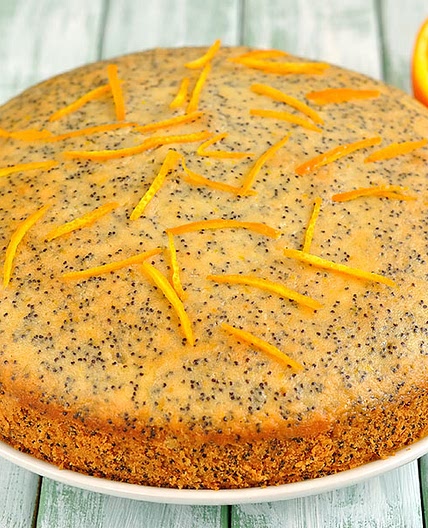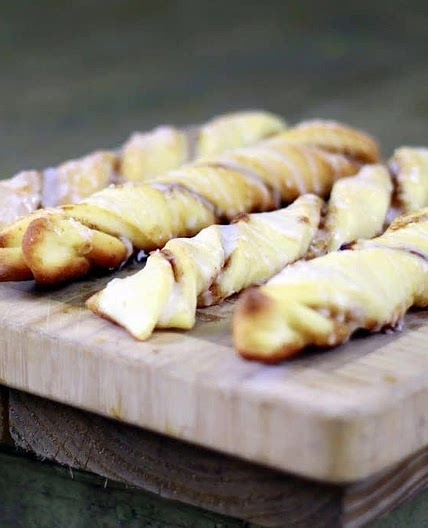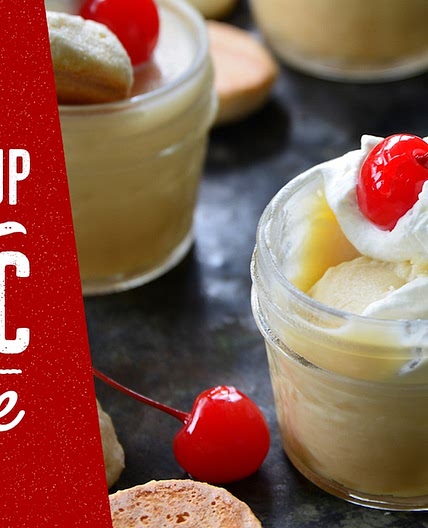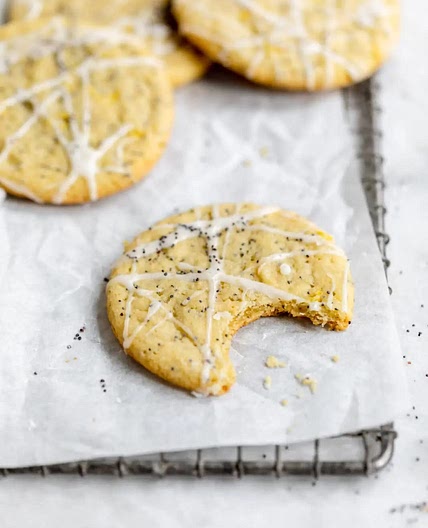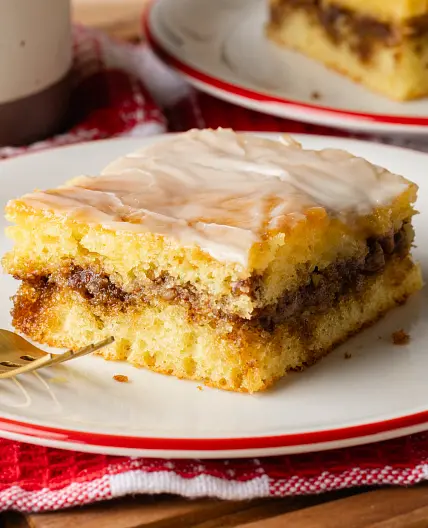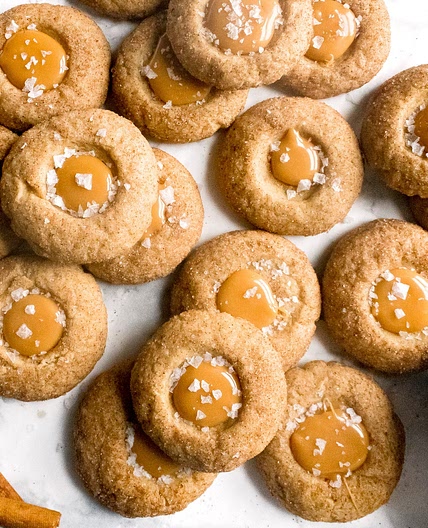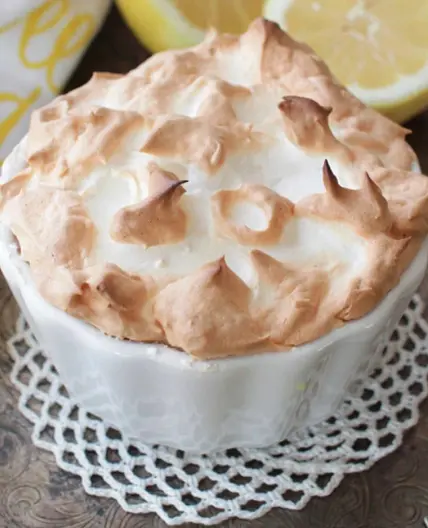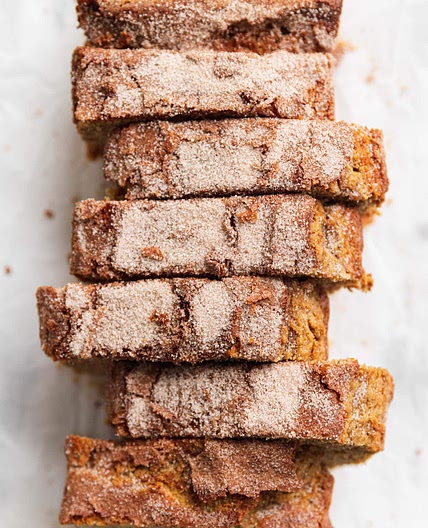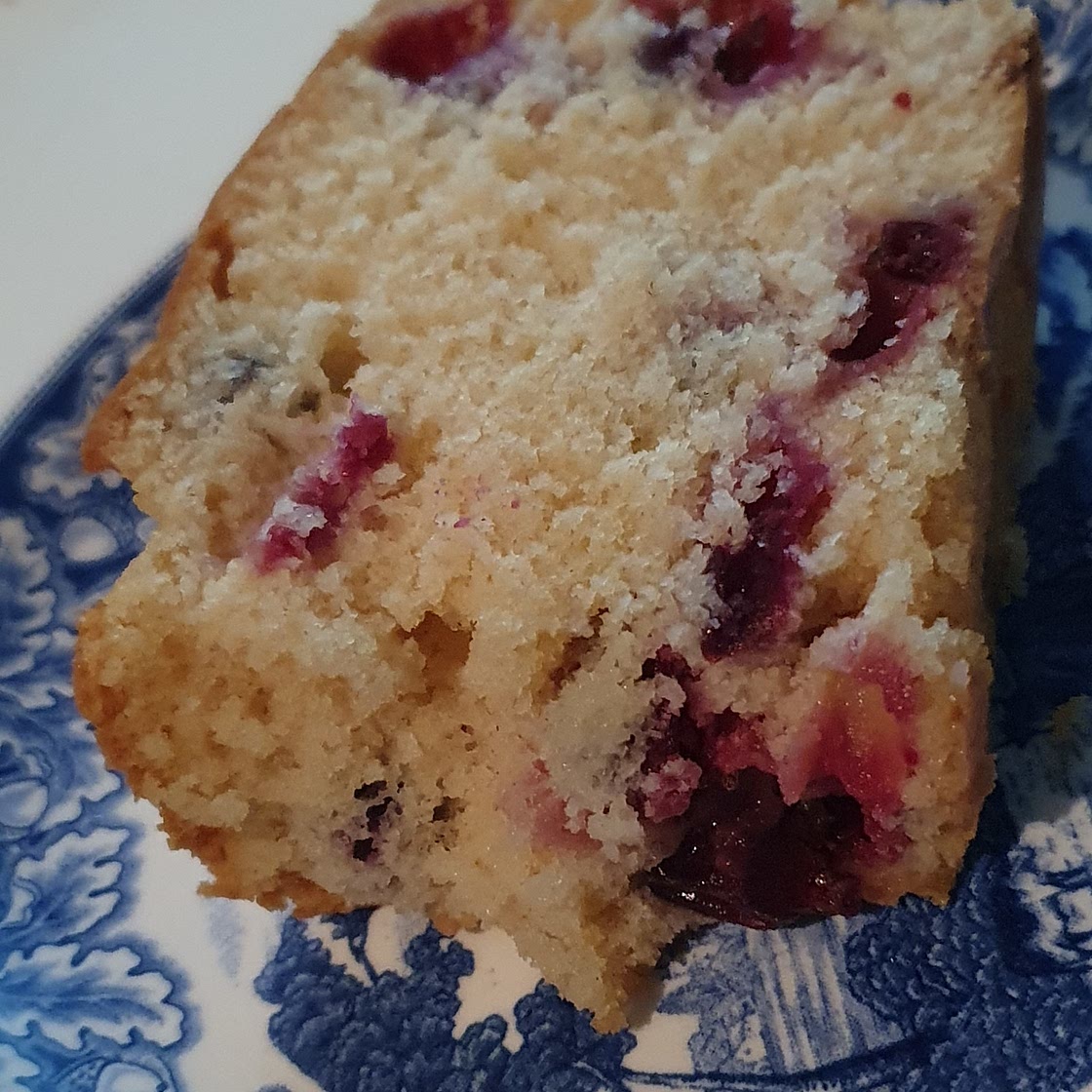
1/2
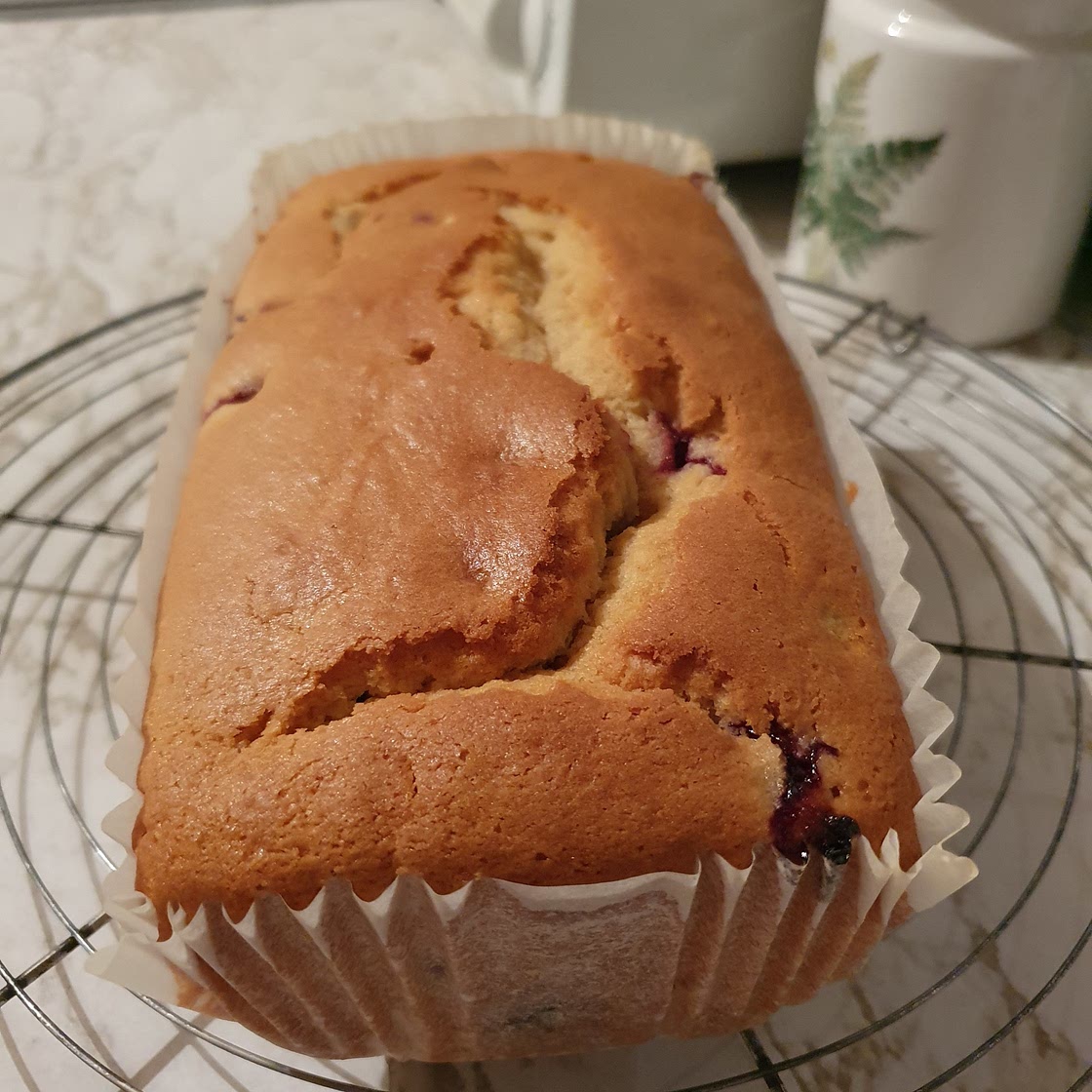
2/2
100%
1
By Karl Orbell
Vegan Blackcurrant Loaf Cake
14 steps
Prep:1hCook:1h
Classic blackcurrant loaf cake, veganised.
For the few weeks of the year when fresh blackcurrants are available. Cleaning up the blackcurrants is a bit tedious, but it's a nice contrast between sharp and sweet in the cake - rather like a blueberry loaf, but a good deal more kick. The cake is otherwise very simple, a sweet vanilla buttermilk sponge to contrast the tartness of the fruit.
Updated at: Thu, 17 Aug 2023 00:20:16 GMT
Nutrition balance score
Unbalanced
Glycemic Index
66
Moderate
Glycemic Load
30
High
Nutrition per serving
Calories307.9 kcal (15%)
Total Fat12.3 g (18%)
Carbs45.6 g (18%)
Sugars19.8 g (22%)
Protein4 g (8%)
Sodium571.1 mg (29%)
Fiber0.8 g (3%)
% Daily Values based on a 2,000 calorie diet
Ingredients
8 servings
5.5 ozfresh blackcurrants
approximate weight 6, carefully destalked and cleaned up
8 ozself raising flour
1 tspbaking powder
⅛ tspsalt
fine, table
5.5 ozcaster sugar
4 ozmargarine
soft, I use, any baking suitable 55-65% fat margarine will do, double the salt if unsalted or very lightly salted
6 fl ozsoya milk
almond also feasible
1 Tbsplemon juice
jif/bottled is fine
2 tspsvanilla extract
0.5 ozself raising flour
extra to coat blackcurrants
Instructions
Step 1
Preheat oven to gas mark 4, 350F (180C), adjust for a loaf tin on the middle shelf.
Step 2
Grease and line a 2lb loaf tin (9"x5 1/2"x3" / 23cm x 13cm x 7cm), a loaf tin liner makes this much easier.
Step 3
Wash and carefully clean the blackcurrants, destalking each one and trying to carefully pinch off the dead flower material from the other end with a tight pinch and twist, without bursting the berry - takes practice and is arduous! Dry them gently.
Step 4
Prepare a faux buttermilk by adding the lemon juice to the soya milk, stir well and leave to stand for at least 10 minutes. (You can use almond milk instead, but other plant milks will not turn to buttermilk well, soya is easily the best for this.)
Step 5
Sieve SR flour with additional baking powder and salt in to a mixing bowl, ensure well mixed.
Step 6
Add sieved sugar to the flour and mix well again.
Step 7
Add the margarine to the flour/sugar mixture in lumps and using electric beaters or possibly a stand mixer cream together until it looks like a very fine crumble topping. (This method is called reverse creaming and helps yield a softer crumb. I find hand beaters more effective for this than the stand mixer, don't let the margarine heat up too much, but you do not want any lumps either.)
Step 8
Toss blackcurrants in additional flour to coat lightly and set aside.
Step 9
Add the vanilla extract to the buttermilk and stir in briefly.
Step 10
Pour the buttermilk in to the rest of the mixture and beat minimally just until smooth.
Step 11
Fold 3/4 of the coated blackcurrants carefully in to the mixture, try not to burst any.
Step 12
Spoon cake batter in to the tin, keeping it as level as you can and aiming for not all of the blackcurrants to be right on the bottom. Add remaining blackcurrants just before you finish adding the batter and poke them in just under the surface and smooth over so none are proud of the batter and the cake is level.
Step 13
Place in the centre of the oven and bake for approximately an hour, it often needs shielding after around 40m with foil if browning fast. Central cracks on the cake are entirely normal with this sort of loaf cake. The cake is done when springy but firm to the touch, no cake batter come out on a skewer and the cake pulling away very slightly from the edges of the tin at the top. (Personally, I use an instant read thermometer instead of a skewer and look for the temperature to reach around 97C+ in the core, watching out for blackcurrants.)
Step 14
Cool in the tin for around 15m and then carefully turn out on to a cooling rack and let cool completely before keeping in a tin or cake caddy.

